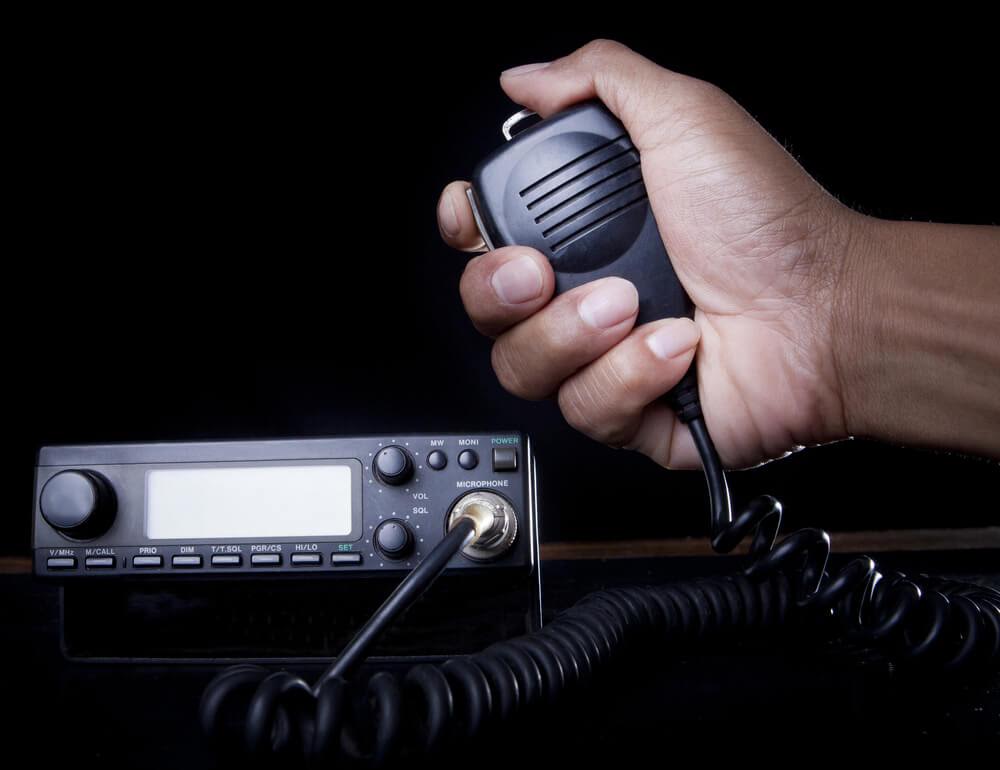Ham radio, also known as amateur radio, is a hobby that allows enthusiasts to communicate with each other using radio frequencies allocated by government agencies. One of the key concepts in ham radio is understanding frequencies and how they are used for communication. In this beginner’s overview, we’ll explore the basics of ham radio frequencies, including how they are organized, the different bands available to operators, and how to choose the right frequency for your communication needs.
What are Ham Radio Frequencies?
Ham radio frequencies are specific ranges of radio frequencies allocated by regulatory authorities for amateur radio use. These frequencies are used by licensed amateur radio operators to communicate with each other locally, nationally, and even internationally. Unlike commercial radio services, which are regulated by strict licensing requirements and usage restrictions, ham radio frequencies are available to licensed operators for non-commercial purposes, including hobbyist activities, emergency communication, and experimentation.
Organization of Ham Radio Bands

Ham radio frequencies are organized into bands, which are specific ranges of frequencies allocated for amateur radio use. Each band has its own characteristics, propagation properties, and regulations governing its use. The International Telecommunication Union (ITU) allocates frequency bands for amateur radio use on a global scale, while individual countries may have their own regulations and band plans.
Common Ham Radio Bands
There are several common ham radio bands used by operators worldwide. Some of the most popular bands include:
- 160 Meters (1.8 – 2.0 MHz): The 160-meter band is known for its long-range communication capabilities, especially at night. It is primarily used for regional and international communication, especially for low-frequency enthusiasts.
- 80 Meters (3.5 – 4.0 MHz): The 80-meter band is popular for nighttime regional communication, especially during the winter months when propagation conditions are favorable.
- 40 Meters (7.0 – 7.3 MHz): The 40-meter band is a popular daytime band for regional and international communication. It offers reliable communication over moderate distances, especially during daylight hours.
- 20 Meters (14.0 – 14.35 MHz): The 20-meter band is one of the most popular bands for long-distance communication. It is known for its reliability and consistent propagation, making it a favorite among DXers (long-distance communicators).
- 15 Meters (21.0 – 21.45 MHz): The 15-meter band offers excellent long-distance communication capabilities, especially during periods of high solar activity. It is popular for DXing and international communication.
- 10 Meters (28.0 – 29.7 MHz): The 10-meter band is known for its sporadic-E propagation, which can allow for long-distance communication with relatively low power. It is popular for both local and international communication, especially during peak solar cycles.
Choosing the Right Frequency
When choosing a frequency for communication, several factors should be considered, including:
- Propagation Conditions: Different frequency bands exhibit different propagation characteristics depending on factors such as time of day, season, and solar activity. Understanding propagation conditions can help you select the most appropriate band for your communication needs.
- Operating Mode: Different modes of operation, such as voice (SSB), Morse code (CW), digital modes, and FM, may have specific frequency allocations within each band. Be sure to choose a frequency compatible with your chosen operating mode.
- Local Interference: Be mindful of local interference sources, such as power lines, electronic devices, and other radio signals. Choosing a frequency free from interference can help ensure clear communication.
Frequency Allocation Regulations

Ham radio frequencies are allocated and regulated by government agencies, such as the Federal Communications Commission (FCC) in the United States and Ofcom in the United Kingdom. These agencies establish rules and regulations governing amateur radio operation, including frequency allocations, power limits, and operating privileges. It is essential for amateur radio operators to familiarize themselves with the regulations governing ham radio operation in their country to ensure compliance.
Understanding ham radio frequencies is essential for anyone interested in becoming a licensed amateur radio operator. By familiarizing yourself with the organization of ham radio bands, common frequency allocations, and the factors to consider when choosing a frequency for communication, you can effectively navigate the world of amateur radio and enjoy the benefits of this exciting hobby. Whether you’re communicating locally, making contacts around the world, or participating in emergency communication efforts, a solid understanding of ham radio frequencies will serve you well on your amateur radio journey.

